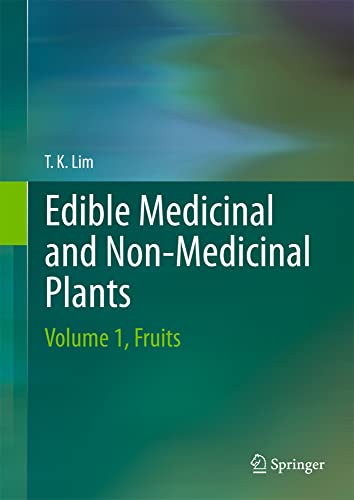- 著者
- Reiko Saito Danjuan Li Chieko Shimomura Hironori Masaki Mai Q. Le Hang L.K. Nguyen Hien T. Nguyen Tu V. Phan Tien T.K. Nguyen Maki Sato Yasushi Suzuki Hiroshi Suzuki
- 出版者
- Tohoku University Medical Press
- 雑誌
- The Tohoku Journal of Experimental Medicine (ISSN:00408727)
- 巻号頁・発行日
- vol.210, no.1, pp.21-27, 2006 (Released:2006-09-06)
- 参考文献数
- 22
- 被引用文献数
- 13 20
An off-season community influenza outbreak with high prevalence of amantadine-resistant influenza A/H3N2 occurred during September-October 2005 in Nagasaki Prefecture, Japan, prior to standard influenza circulation. A total of 48 patients with influenza-like-illness (ILI) visited a clinic during the outbreak and 27 (69.2%) of 39 ILI patients were positive for influenza A with rapid antigen testing (Quick Vue Rapid SP Influ). Nine patients were not tested because their symptoms were compatible for influenza without examination. Nasopharyngeal swabs were obtained from 4 of 27 rapid test positive patients, and influenza H3N2 strain was isolated from one out of four. The 4 nasopharyngeal samples were positive for influenza A M2 gene in polymerase chain reaction, and sequencing results all showed identical mutation at position 31, serine to asparagine (S31N) in the gene, conferring amantadine resistance. The phylogenetic tree analysis demonstrated that the hemagglutinin (HA) gene sequences of the 4 samples formed a distinct cluster (named clade N) from recent circulating H3N2 strains, characterized by dual mutations at position 193, serine to phenylalanine (S193F), and at position 225, asparatic acid to asparagine (D225N). Our findings suggested that an off-season community influenza outbreak in Nagasaki was caused by a distinct clade in H3N2 (named clade N), which possessed characteristics of amantadine resistance.
1 0 0 0 OA 水上バスに關する最近の情報
- 著者
- T.K.
- 出版者
- 公益社団法人 日本船舶海洋工学会
- 雑誌
- 造船協会雑纂 (ISSN:24331023)
- 巻号頁・発行日
- vol.231, pp.355-357, 1941-06-15 (Released:2018-04-21)

